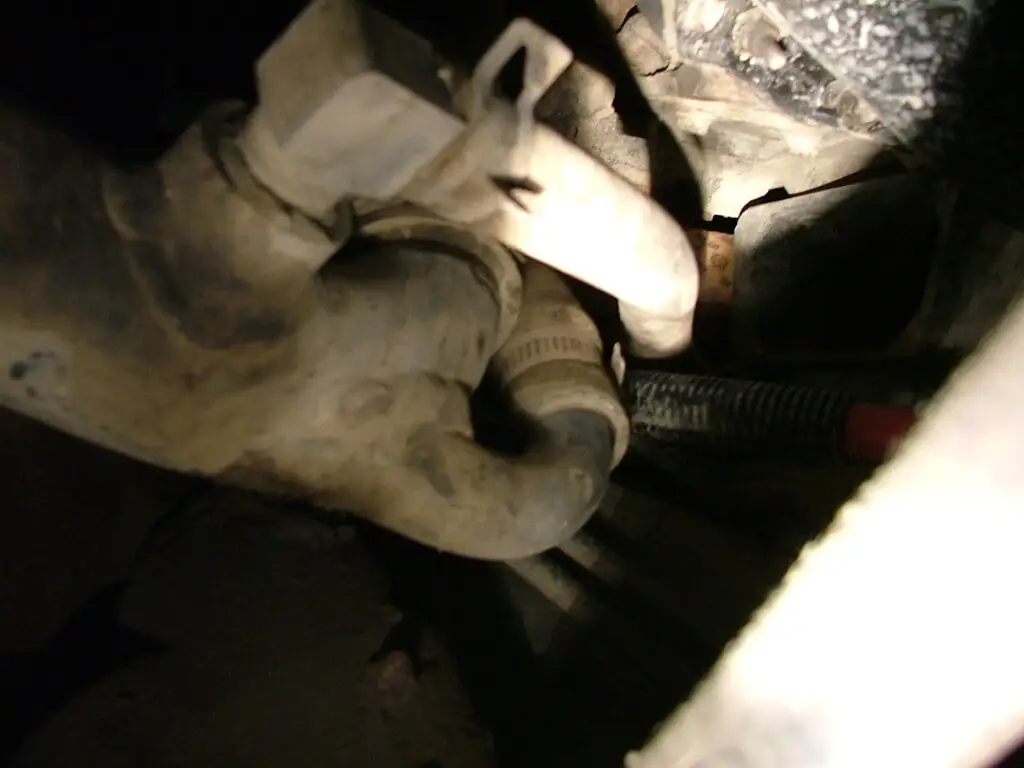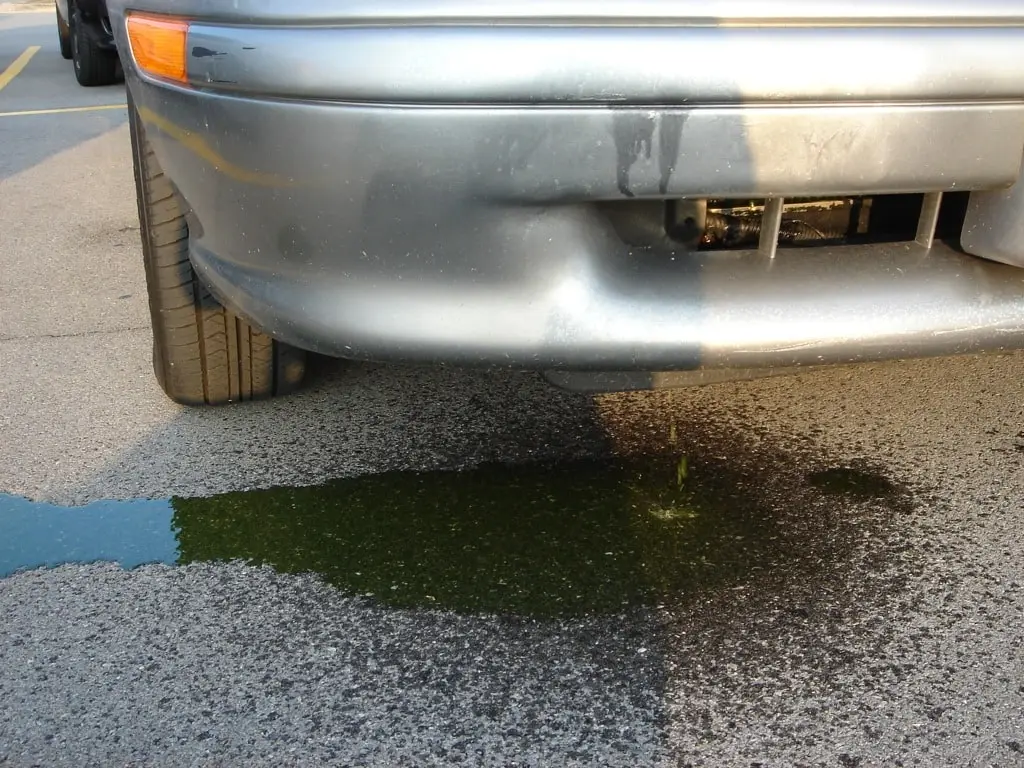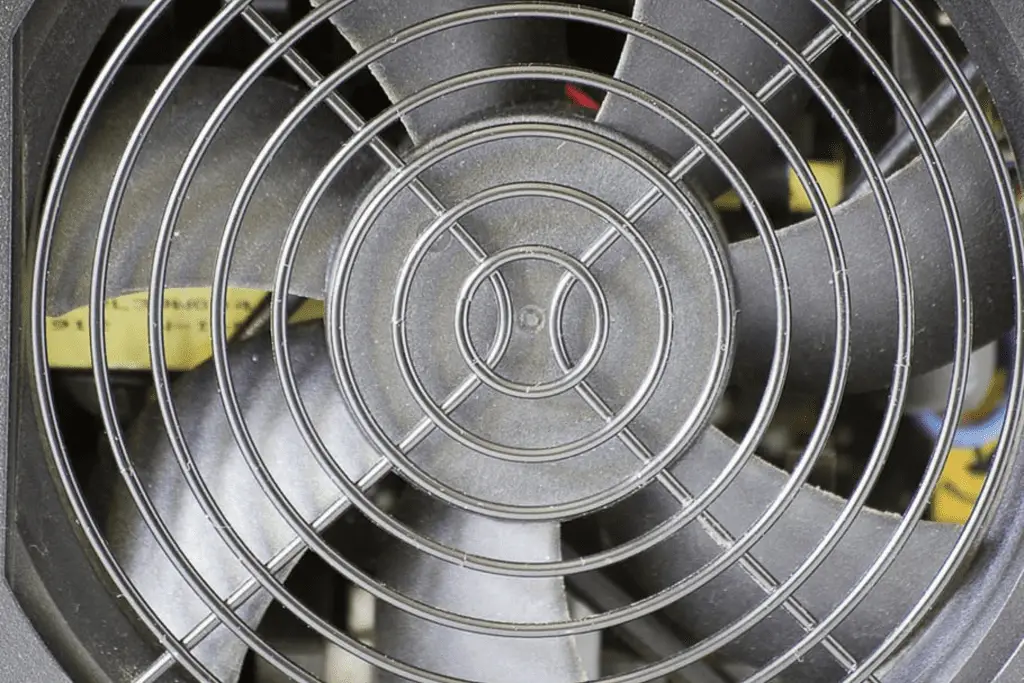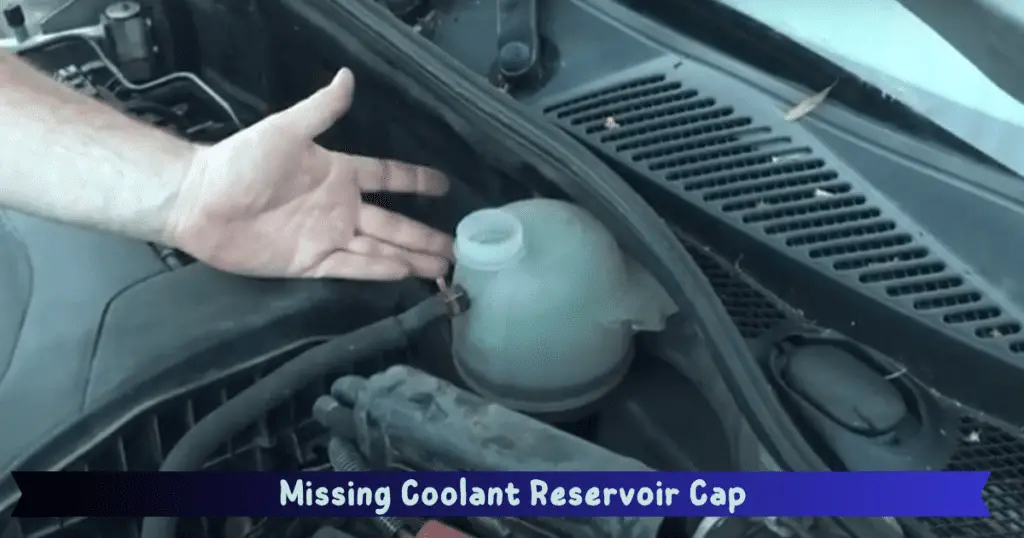Imagine this chilling scenario – you remote start your trusty vehicle on a frosty morning. But upon entering, a puddle on the drive hints at problems brewing under the hood. An ominous coolant leaks only when the engine is cold.
This frigid leakage phenomenon typically indicates issues with system pressure, component expansion, or deterioration that specifically manifest when cold. Let’s explore what causes leaks when cold, how to pinpoint the origin, and critical steps to fix it before catastrophic overheating or even the engine freezes up.
We’ll warm up to this cool topic with a brief overview of how cooling systems operate, then dive into cold leak causes, pinpointing the source, and preventing future frustrating frozen-only drips. Time to put on your diagnostic detective hats and get to the bottom of these cold case leaks!
Cooling System Basics – A Quick Primer
First, a quick cooling system refresher on key components and pressure dynamics:
The cooling system uses a water/coolant mixture to carry heat away from the engine to the radiator. Key parts include:
- Radiator – Cools heated coolant passing through its fins and tubes
- Hoses – Carry cooled and heated coolant between engine and radiator
- Water pump – Circulation pump driven by the engine
- Thermostat – Opens flow at operating temperature
Pressure caps and overflow tanks maintain ideal system pressure as coolant expands when hot. Now, what happens when things get chilly?
Typical Suspects Behind Frigid Leaks
Leaks exclusively occurring only when cold commonly stem from:
Brittle Rubber Hoses
Stiff, brittle hoses crack over time. These open up when cold but seal temporarily when expanded by heat and pressure.
Corroded Hose Clamps
Rusted, inadequate clamps lose grip on hoses in frigid temperatures. Thermal expansion tightens the seal when warm.
Flange and Gasket Seals
Hardened gaskets and seals shrink slightly when cold, opening weep points. Heat expansion of engine parts re-seals them.
Thermostat Sticking
A stuck closed thermostat prevents warm coolant flow. The system over-contracts when cold, stressing components.
Pinpointing the exact leak location helps trace it to the faulty component for accurate repairs. Now let’s explore this chilling phenomenon more closely.
Why Do Coolant Leaks Manifest Only in Cold Conditions?
Two key factors allow Coolant Leak Only When The Engine Is Cold but seem to disappear when warmed up:
Thermal Component Expansion
As metals heat up, they expand. Gasket sealing surfaces and hoses increase in size, closing minor leaks present when cold.
Increased System Pressure
Hot coolant builds substantially higher pressure inside the cooling system – up to 15 PSI. This extra pressure forces the sealing of marginal leak points.
So leaks remain hidden and only show up when heat and pressure are relieved. Don’t let these cold weather gremlins leave you out in the cold – properly fix them!
Dangers of Disregarding Cold Leaks
It’s tempting to overlook Coolant Leak Only When the Engine Is Cold. But small intermittent drips can become major issues if ignored:
Overheating
Persistent seepage reduces coolant volume over time, risking hot spots and heat damage from low fluid flow, even if minor.
Corrosion Damage
Weeping lets oxygen-rich air contact metal components, promoting corrosion of radiators, heads, and heater cores.
Costly Repairs
Neglected seepage causes incremental damage, turning small drips into major component replacements or even engine rebuilds from overheating or freeze-ups.
So don’t brush off occasional cold leaks. Identify the source and make complete repairs before big problems erupt.
How to Diagnose the Source of Cold Leaks
Pinpointing the origin requires methodical tests and inspections for Coolant Leak Only When Engine Is Cold:
Visual Checks When Cold – Look for obvious drips, wetness, and stains to trace the leak entry point while still dripping.
Warm Up While Observing – Watch leak areas closely as the engine warms to see where seepage stops. This indicates the faulty component.
Pressure Testing – Pressurize the cooling system and inspect both cold and warm to identify marginal leak points.
Dye Testing – fluorescent dye circulated in the system will glow under UV light exactly where leaks occur.
Evaluate Age and Condition – Inspect rubber parts for cracking and gaskets for breakdowns that cause contractions when cold.
Meticulous troubleshooting isolates whether hoses, gaskets, thermostats, or caps require attention by tracing drip points.
How to Repair Cold Leak Causes
Once the specific defect is found, typical repairs for Coolant Leak Only When Engine Is Cold include:
Tighten Hose Clamps – Snug up any loose clamps to restore sealed hose connections before aged hoses split further.
Replace Hardened Hoses – Swap degraded, brittle hoses for flexible new hoses that maintain seals in all conditions.
Reseat Leaky Gaskets – Remove, inspect, and reinstall gaskets to ensure flush tight fit. Upgrade to multi-layer steel gaskets.
New Radiator Cap – A weak cap spring allows pressure to bleed off when cold. Install cap rated to system specs.
Replace Failing Thermostat – If sticking closed when cold, replace and clean housing to maintain flow.
Completely fixing marginal cold leaks prevents bigger meltdowns later. Don’t skimp on repairs.

Preventing Repeat Frigid Leak Incidents
You can reduce the chances of annoying cold-only leaks through attentive maintenance:
- Periodically inspect rubber components like hoses for early cracking.
- Always bleed air and pressure test cooling system repairs before refilling.
- Follow proper torque procedures and tightening patterns for gaskets.
- Use anti-seize compound on stubborn fasteners like thermostat housing bolts.
- Allow the engine to fully warm up and cool down when possible to minimize thermal cycles.
With vigilant upkeep and repairs, your cooling system won’t leave you out in the cold!
Don’t Be Chilled by Intermittent Leak Gremlins
Like an icy winter breeze, cold leak annoyances send a chilling message about impending heating and corrosion issues. With diligent troubleshooting and proper repairs, you can close the door on elusive leaks for good. Stay proactive on aging coolant components before your engine gets caught out in the cold!
FAQs Related to Coolant Leak Only When Engine Is Cold
Why does my coolant only leak when it’s cold?
Coolant leaks only when cold because contracting components like hoses and shrinkage of hardened gaskets open up tiny seep paths that have higher pressure and expansion seal when the engine warms up.
How do you fix a cold coolant leak?
Fix cold coolant leaks by identifying the source, replacing damaged hoses, properly torquing gaskets, using chemical sealers on stubborn leaks, installing new caps, and cleaning thermostat housings if sticking when cold.
Can you leak coolant when the engine is hot?
Yes, leaks can occur when hot from issues like loose hoses and clamps, cracked plastic tanks, damage from overheating, and leaks worsening over time. But cold-only leaks stem from temperature and pressure dynamics.
Why does my coolant leak overnight?
Coolant leaks overnight as temperature drops and the system depressurizes. This allows seepage and evaporation that accumulates on the ground by morning from minor leaks sealed by heat and pressure while running.
How much coolant loss is normal?
Coolant loss of up to 1-2 ounces per month can be normal. However consistent losses exceeding 1 quart every 6-12 months indicate non-catastrophic leaks needing repair. Sudden major loss points to serious issues.
Can a coolant leak stop?
Yes, very small coolant leaks can temporarily stop if leak paths essentially reseal from gunk buildup. But even if dripping pauses, the underlying issue still needs repair to prevent future repeat leakage as seal paths reopen.





